Roofing cost
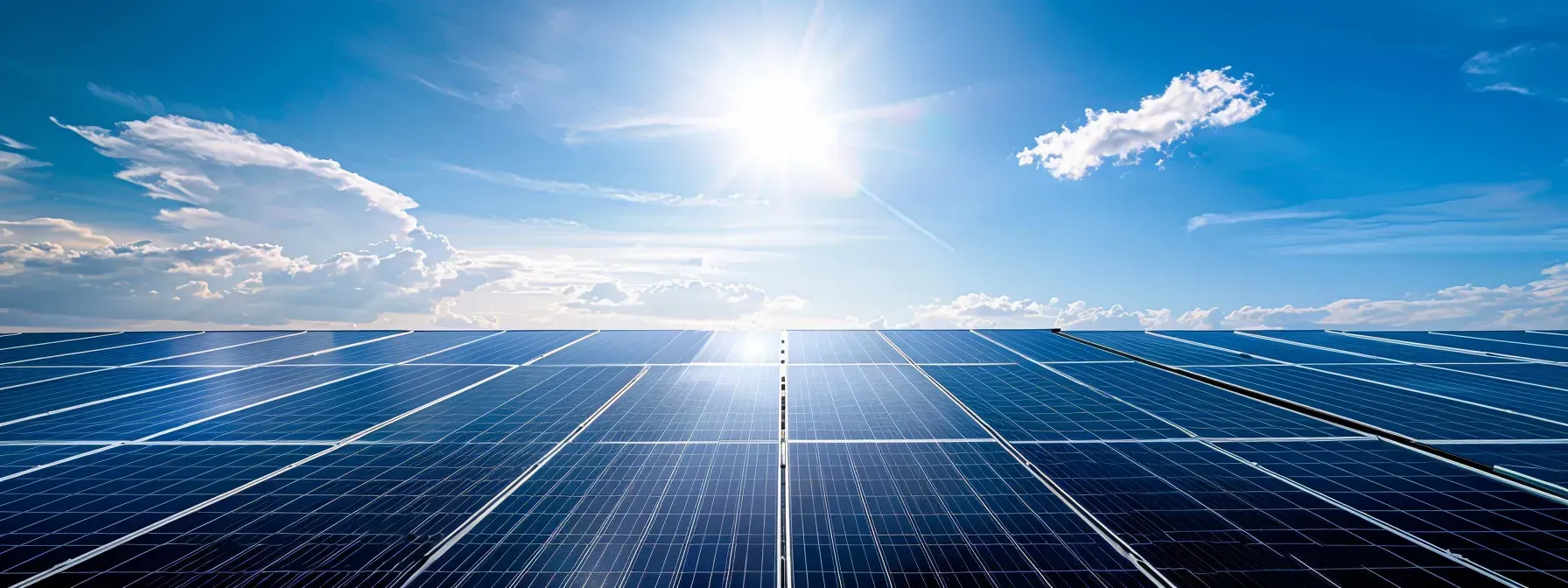
Ultimate Guide to Roofing Cost & Investment Benefits
Are you aware of how much value a new roof can add to your home? This guide will explore the nuanced factors that impact roofing costs, from material choice to labor expenses. I'll also delve into the financial advantages of investing in your roof, such as improved energy efficiency and increased property value. By addressing common concerns such as budget constraints and long-term maintenance costs, this article aims to empower you with the knowledge to make informed decisions. Engage with this content to understand how smart roofing choices can lead to substantial benefits for your home and wallet.
Understanding Roofing Costs and Factors That Influence Them
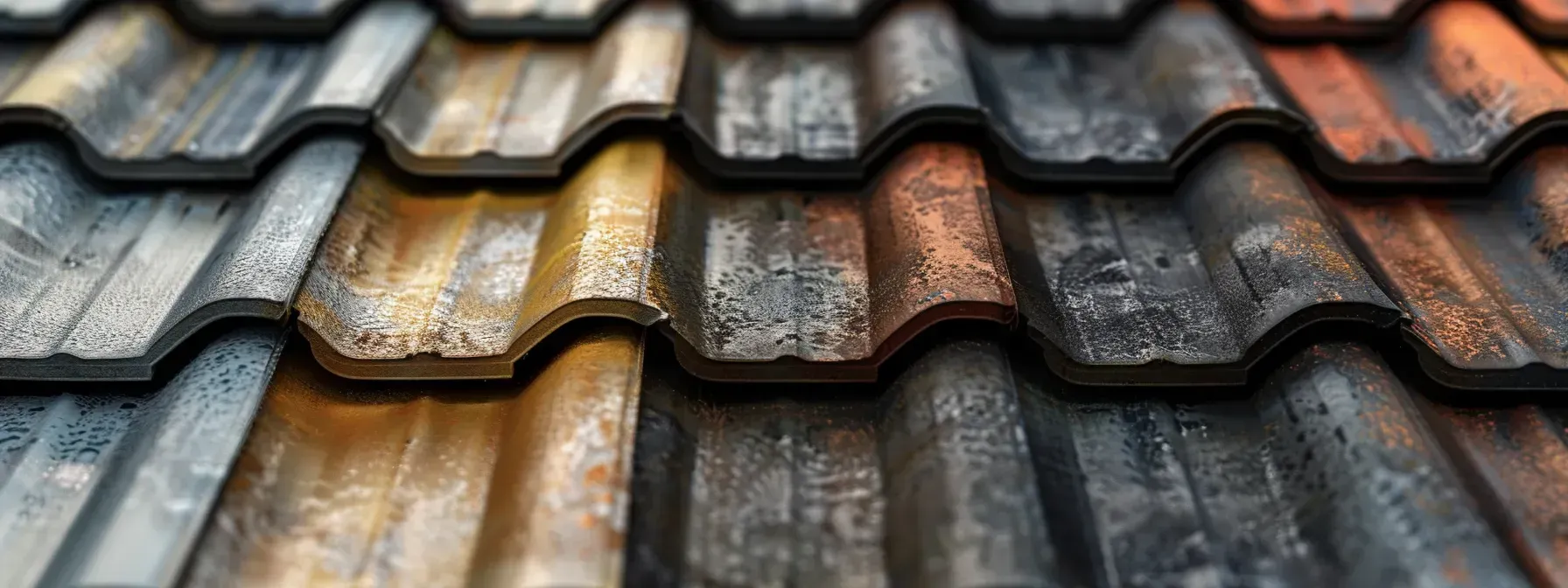
As I delve into the intricacies of roofing costs, it's crucial to recognize the various factors that influence pricing. My examination will cover key elements that determine roofing expenses and compare the costs of different roofing materials. These insights will offer you a comprehensive understanding of the investment you're considering, ensuring you are well-informed about the level of expenditure involved in each option.
Identify Key Elements That Affect Roofing Prices
In dissecting roofing prices, I've noted that material costs significantly sway the final quote. For instance, asphalt shingles stand as a budget-friendly option, while slate roofing, known for its durability, often comes with a higher price tag. These material choices not only impact upfront costs but also influence long-term investment benefits, such as energy efficiency and maintenance expenses.
I've observed that labor often dictates a large portion of roofing costs. The complexity of the installation and the time it takes to complete can drive up the price. For example, a roof with multiple levels or a steep pitch requires skilled labor and more safety precautions, which can increase the overall cost compared to a single-story, flat-roofed structure.
Compare Different Roofing Materials and Their Costs
In my professional experience, the price of roofing materials can vary widely, a critical consideration for any homeowner. Asphalt shingles, for example, are a cost-effective choice that serve well for those on a tight budget, usually costing between $1.50 and $5.50 per square foot installed. In contrast, metal roofing, admired for its longevity and resilience, can range from $5.50 to $14 per square foot. These fluctuations in price reflect differences not only in the materials themselves but also their life spans and installation requirements.
Moreover, I have found that premium materials, such as slate tiles or wood shakes, command higher initial investments - slate can exceed $20 per square foot, and wood shakes typically fall between $6.50 and $11 per square foot. It's essential for homeowners to appreciate that while these options may seem steep at first glance, they offer unique aesthetic appeal and can dramatically enhance a property's value. Therefore, when considering roofing materials, it's important to balance upfront costs with long-term benefits and the potential return on investment.
Calculating Return on Investment for a New Roof
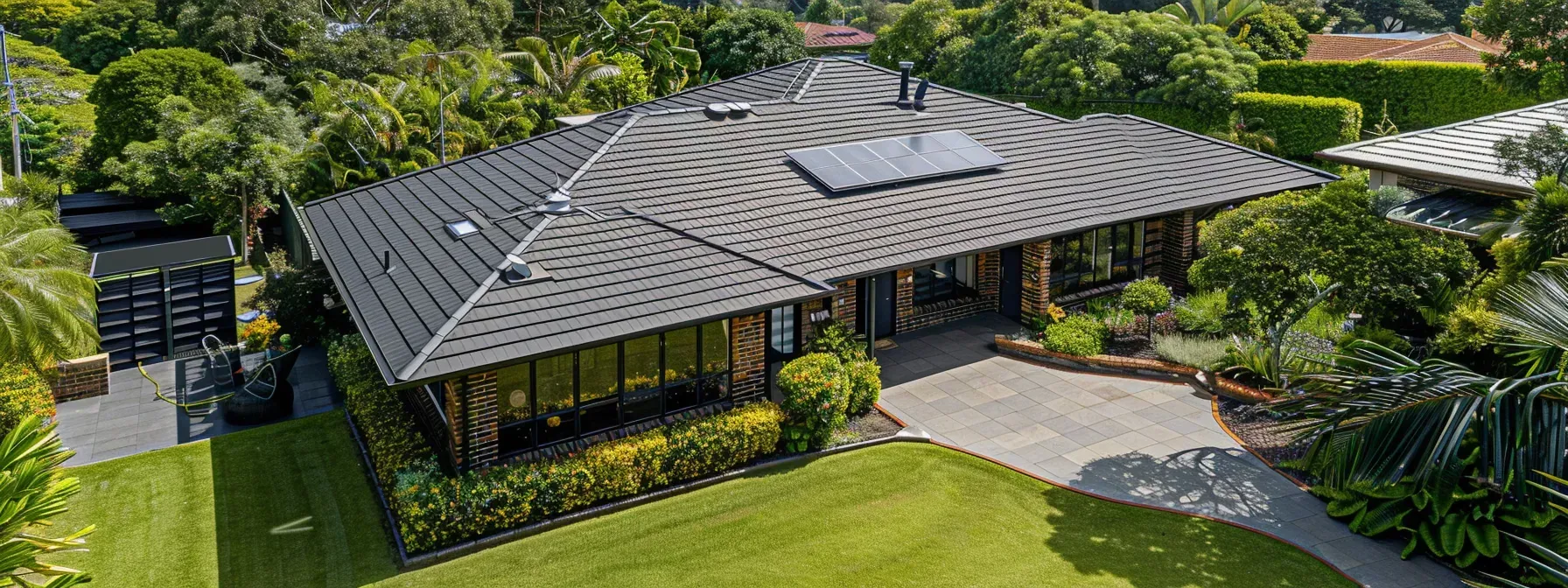
Assessing the long-term savings from energy-efficient roofing and its impact on a home's value is key to understanding the return on investment for a new roof. I'll guide you through the vital aspects of these savings, exploring how an upgraded roof can lead to reduced energy bills and potentially increase your property's market worth. Detailed exploration of these areas will follow, providing practical insights that highlight the importance of these investment benefits.
Assess Long-Term Savings From Energy-Efficient Roofing
In my professional experience, energy-efficient roofing materials can lead to significant cost savings over time. Reflective metal roofs or cool roof shingles, for instance, may reduce your cooling costs by reflecting more sunlight and absorbing less heat, leading to less dependence on air conditioning. This consideration is not merely about immediate expenditure; it's about the long-term impact on your energy bills and sustainable living.
I've learned that homeowners who choose energy-efficient options often benefit from federal tax credits and local rebates, further enhancing the return on investment. Beyond the obvious environmental benefits, these energy-saving roofing choices can result in considerable utility savings, as they improve your home’s insulation and reduce the need for heat in the winter, creating a balance that can be seen on your energy statements year-round.
Evaluate How a New Roof Increases Home Value
When I assess how a new roof impacts home value, the correlation is clear: a new roof can significantly increase a property's market appeal. Buyers often view a recently installed roof as a beneficial upgrade, eliminating the concern for immediate repairs and substantiating a higher asking price. This improvement in curb appeal and the assurance of protection against weather elements can translate into a tangible increase in your home's resale value.
In my experience, a new roof also conveys a sense of reliability to potential buyers, implicitly promising them fewer near-term maintenance issues. This is not only a selling point but can also lead to a faster sale, as buyers tend to be willing to pay a premium for homes that are perceived as well-maintained and turnkey-ready, thereby affirming the value of investing in a quality roofing upgrade.
Choosing the Right Roofing Material for Your Budget
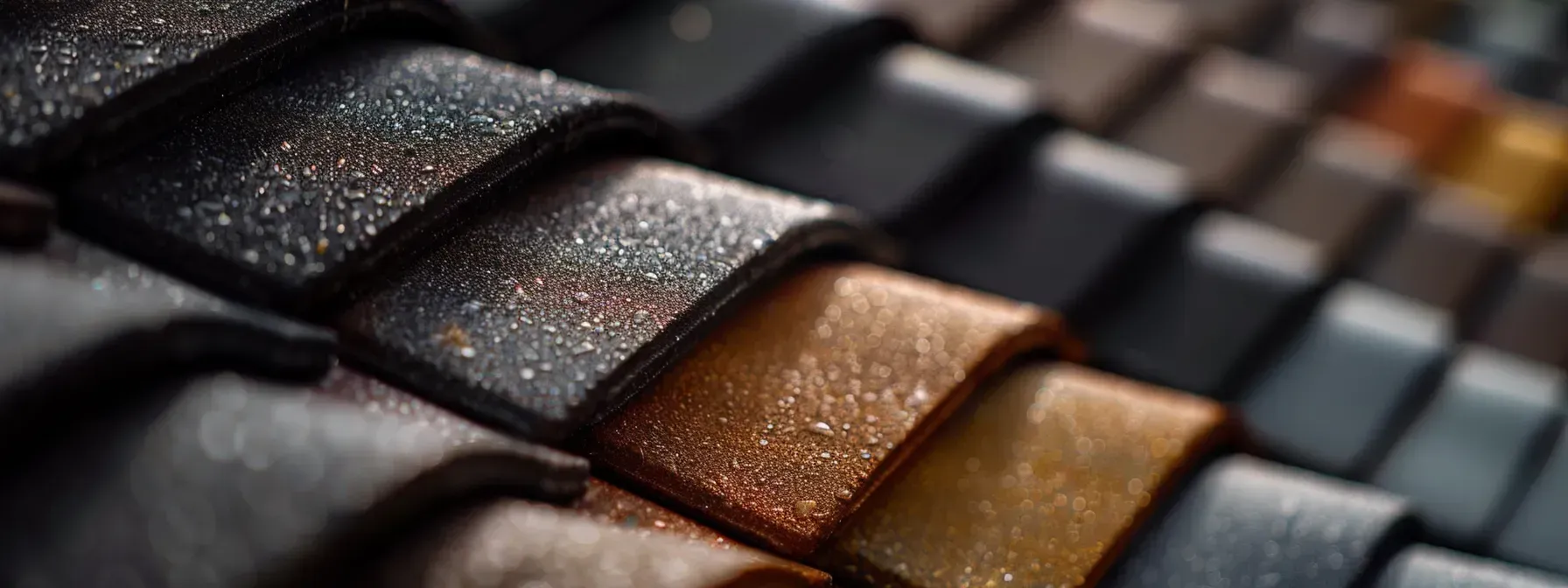
Exploring affordable roofing options is pivotal for homeowners on a budget looking to balance cost with quality. In my analysis of durability versus cost for various materials, I will pinpoint the most cost-effective picks that don't compromise on lifespan. Each of the upcoming sections unpacks these crucial considerations, guiding you through the selection process for a roofing material that aligns with both your financial plan and long-term home investment objectives.
Explore Affordable Roofing Options Available
In my years of assessing cost-efficient roofing solutions, I have identified asphalt shingles as a standout choice for homeowners looking to maximize value without sacrificing performance. Their cost-effectiveness, coupled with a decent lifespan of up to 20 years, makes them an attractive option for those seeking an affordable yet reliable roofing solution. Strong wind resistance and easy installation further underscore asphalt shingles as a pragmatic selection for budget-conscious individuals.
Through my professional journey, I've come to regard corrugated metal roofs as another feasible selection for homeowners prioritizing both affordability and durability. This material, known for its toughness and energy efficiency, offers a low-maintenance alternative that can endure for several decades. By reflecting sunlight and resisting severe weather conditions, corrugated metal roofs provide a smart investment, conferring both immediate savings and lasting value.
Analyze Durability Versus Cost of Various Materials
Analyzing the relationship between durability and cost is crucial when selecting roofing materials. For example, I've seen ceramic tiles offer an impressive lifespan, often exceeding 50 years, but they come with a higher cost, with prices typically starting at $7 per square foot. Their high resilience against weather conditions may justify the cost for homeowners interested in a long-term roofing solution.
Conversely, I've found that single-ply synthetic membranes, such as TPO or EPDM, provide a more affordable option with satisfactory durability for flat or low-slope roofs. These materials, which can cost as little as $3.50 per square foot, provide a lifespan of 20 to 30 years and are an excellent choice for homeowners seeking a balance between cost efficiency and roof longevity.
Planning for Roofing Maintenance and Associated Expenses
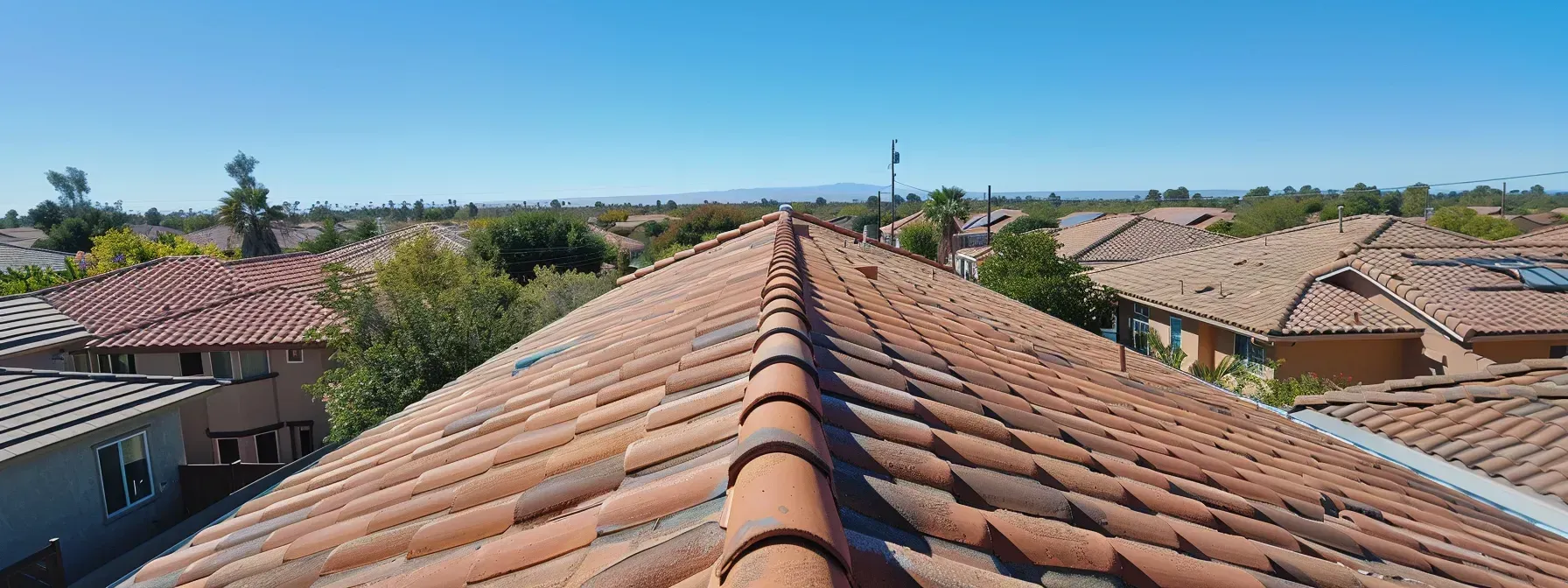
Maintaining your roof is integral to safeguarding your investment and optimizing its lifespan. Scheduling routine inspections is essential to prevent costly repairs, while investing in quality fixes can extend the life of your roofing significantly. In the upcoming sections, I will provide insights into the importance of regular maintenance and choosing the right repair solutions—actions that can result in substantial long-term savings.
Schedule Routine Inspections to Prevent Costly Repairs
From my experience, I cannot overstate the importance of scheduling regular roof inspections. These assessments are vital to detecting issues early, which can prevent minor concerns from escalating into severe, costly repairs. A roof in good condition also contributes to your home's overall energy efficiency, ultimately saving on utility costs and reinforcing the value of proactive maintenance.
It's been my observation that homeowners often postpone inspections until a visible problem arises. However, I urge you to consider routine evaluations as a critical investment for your property. A professional can identify and rectify potential vulnerabilities, such as loose shingles or blocked gutters, before they lead to substantial damage. This strategic approach to roofing maintenance can save you a significant amount of money and stress in the long term.
Invest in Quality Repairs to Extend Roof Lifespan
In my career as a roofing professional, I've witnessed the profound impact that investing in high-quality repairs has on a roof's lifespan. Repairing with superior materials and skilled workmanship might come at a premium, but this upfront cost is marginal compared to the extended lifespan and enhanced performance of your roof. I encourage homeowners to view quality repairs as a critical component in roof maintenance that directly correlates to longer intervals between replacements and overall cost savings.
Helping clients understand that quality repairs act as a safeguard for their roofing investment has always been a priority for me. Subpar repairs might appear cost-effective initially, but they often lead to frequent issues and a shortened roof life. Clients who have opted for durable, high-quality repair solutions enjoy the benefits of a robust roofing system that withstands weather challenges, reducing the frequency and severity of future repairs.
Financing Options for Your Roofing Project
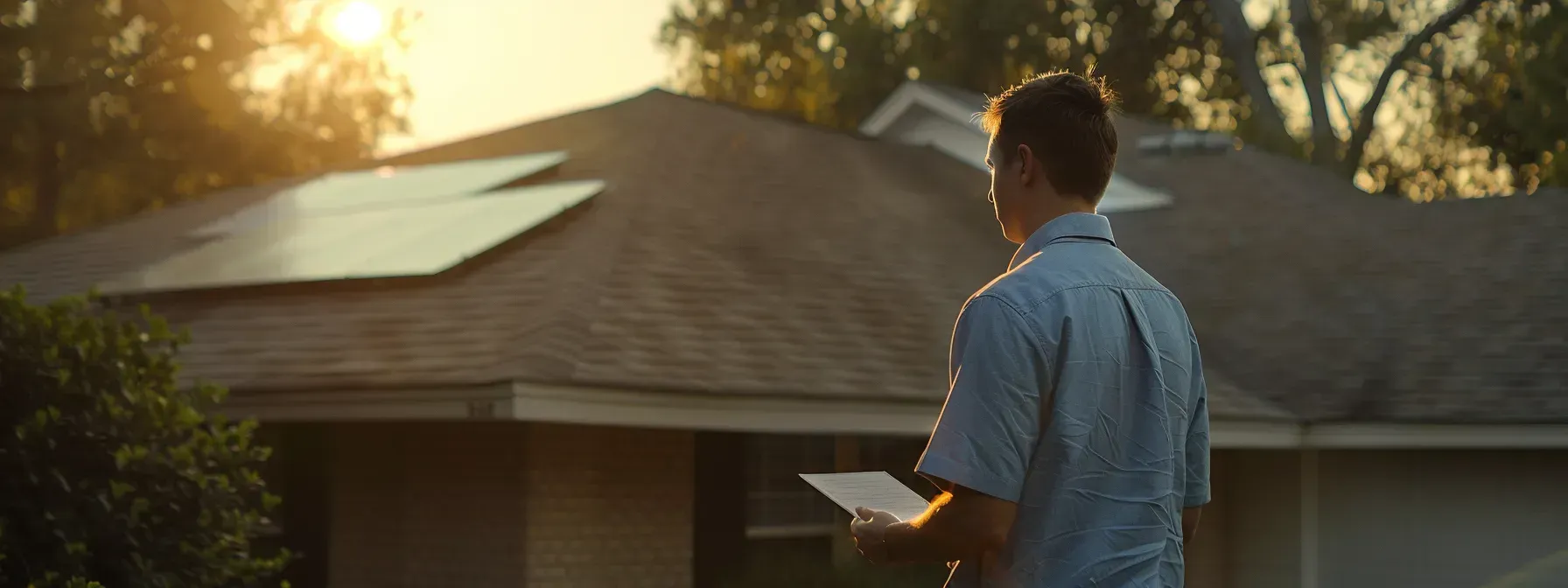
Exploring your financing options is a critical step in your roofing project. I will illuminate loan and credit opportunities that can ease the burden of upfront costs for your roofing needs. Furthermore, I will describe available government rebates and incentives that could significantly offset your investment. Together, these strategies can make your roofing upgrade financially manageable and more beneficial in the long run.
Discover Loan and Credit Options for Roofing Needs
In my professional journey, I've helped many clients navigate the complexities of financing their roofing projects. A common route is through home improvement loans, which can offer reasonable interest rates and terms tailored to fit your budget. Many lenders specialize in loans for such projects, understanding that investing in your roof can protect and increase the value of your home, as well as improve its energy efficiency.
Additionally, I've guided homeowners towards personal lines of credit as a flexible solution to fund roofing needs. This option generally provides access to funds as needed, which can be particularly useful for ongoing or unexpected expenses during a roofing project. With responsible repayment, a line of credit can also help maintain or even improve your credit score, preserving your financial health as you invest in your home's future.
Learn About Government Rebates and Incentives
In my experience, taking advantage of government rebates and incentives can substantially lower the costs of roofing projects. Many local and federal programs offer financial benefits for the installation of energy-efficient roofs, which not only help reduce the initial investment but also promote sustainable living. I've seen countless clients benefit from these incentives, turning what seemed like an overwhelming expense into a more manageable undertaking.
I also recommend staying informed about any updates in government energy policies, as such changes can introduce new incentives aligned with energy conservation efforts. Keeping an eye on these rebates has allowed several clients of mine to strategically plan their roofing projects to maximize savings. It's a practical step that can lead to significant financial relief and encourage homeowners to make eco-friendly choices for their properties.
Hiring Professional Roofers for Optimal Results
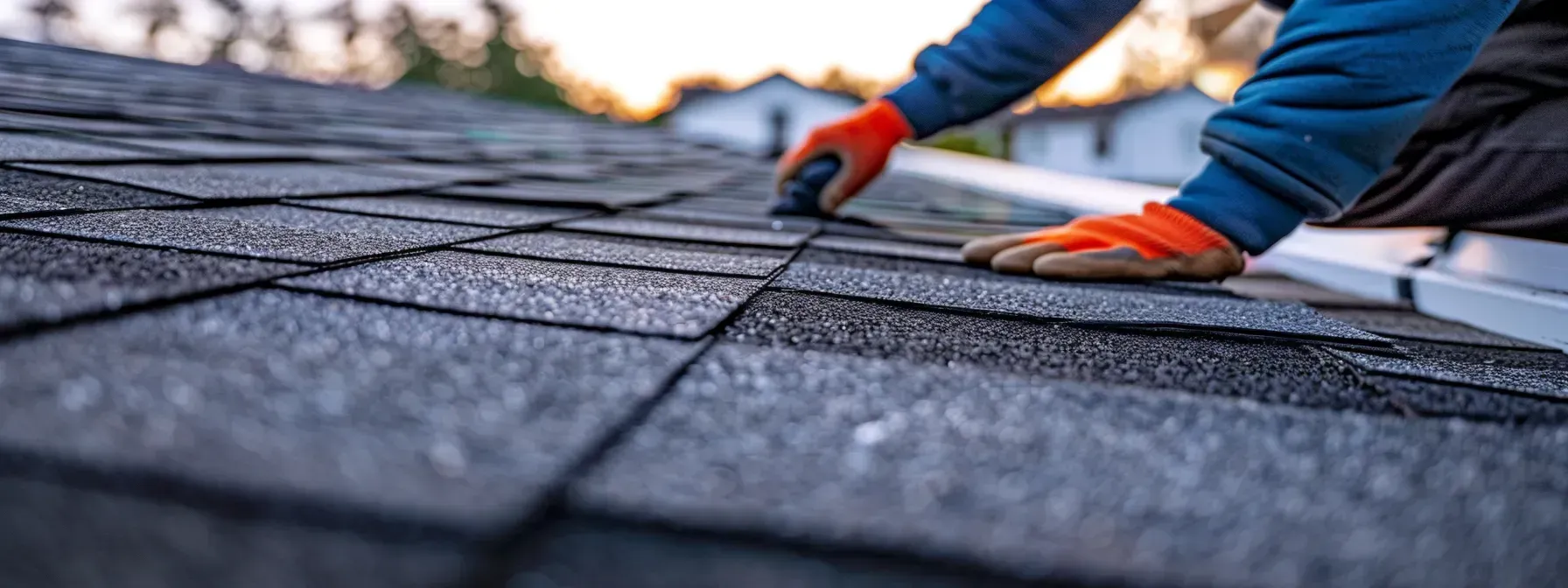
Choosing the right roofing contractor is pivotal to maximizing your investment. In my experience, selecting qualified professionals guarantees not only the quality installation but also the longevity of your new roof. Additionally, understanding warranty terms is paramount for protecting your roofing investment. I'll discuss how to ensure your contractor's credentials align with industry standards and explain how to navigate warranty agreements for lasting security.
Select Qualified Contractors to Maximize Investment
In my professional experience, ensuring the selection of qualified roofing contractors is vital to securing your investment. A meticulous vetting process, which involves verifying credentials, checking reviews, and examining past work, can lead to hiring a team whose superior skillset and reliability safeguard the quality and durability of your roofing project.
I’ve learned that an expert roofing contractor doesn't just bring technical proficiency; they also provide valuable warranties and service guarantees that protect your financial outlay in case of unforeseen issues. Partnering with established professionals in the roofing industry can offer peace of mind, knowing that your investment is managed by capable hands, thus maximizing its long-term value.
Understand Warranty Terms to Protect Your Roof
Understanding the terms of your roofing warranty is essential to ensuring that your investment is protected. As a professional in the field, I've seen too many clients overlook the details of their warranty, only to find themselves without coverage when they most need it. A warranty should cover both materials and workmanship; make sure to review the duration of the warranty, what it includes and excludes, and the process for filing a claim to avoid any future misunderstandings or issues.
I always emphasize to my clients the importance of having a clear understanding of the warranty provided by their roofing contractor. It's wise to ask for a written copy and to have the contractor explain any jargon or conditions that might not be immediately clear. This transparency is crucial, as is making sure that the roofing contractor is fully licensed and insured; it not only reinforces the trustworthiness of the service but also ensures you are getting a warranty that is valid and enforceable.
Frequently Asked Questions
What are the key factors that affect roofing costs?
Roofing costs are influenced by materials, labor, size and complexity of the roof, as well as the location of your property.
How can I determine the return on investment for a new roof?
To determine the return on investment (ROI) for a new roof, assess the increase in property value, energy savings, and longevity versus the installation cost. This comparison reveals the financial gains from your roofing upgrade.
Which roofing materials are best for staying within budget?
Affordable roofing materials that effectively balance cost and durability include asphalt shingles, metal roofing, and clay tiles. Each offers longevity and weather resistance, ideal for budget-conscious homeowners.
What should I budget for in terms of roofing maintenance?
When budgeting for roofing maintenance, consider periodic inspection costs, gutter cleaning, repair for minor wear and tear, and reserve funds for replacement of damaged shingles or tiles.
Are there financing options available for roofing projects?
Yes, many roofing companies offer financing options for projects, including loans, payment plans, and sometimes partnerships with financial institutions to ease the cost burden for homeowners.
Conclusion
Understanding the various factors that affect roofing costs—from material choice to labor intensity—is essential for managing your investment wisely. Comparing the costs of different materials alongside their longevity and benefits, such as energy efficiency, offers homeowners a roadmap to smart, cost-effective decisions. Regular maintenance and an informed approach to repairs further secure the longevity and performance of your roof, safeguarding your investment. Ultimately, exploring financing options and ensuring you work with qualified professionals not only eases the financial burden but also ensures optimal, lasting results for your roofing project.
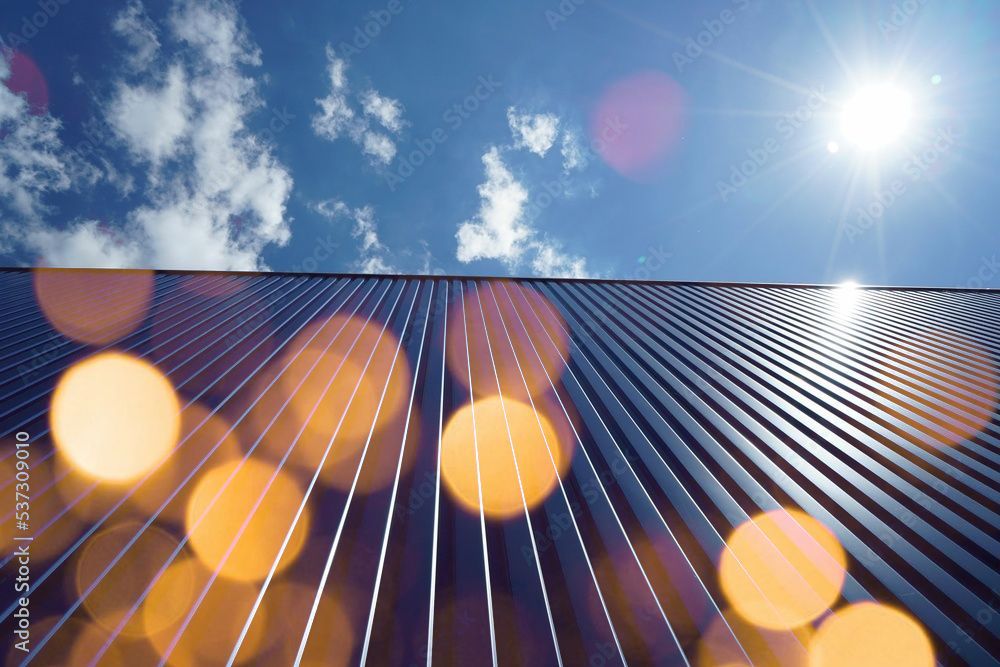
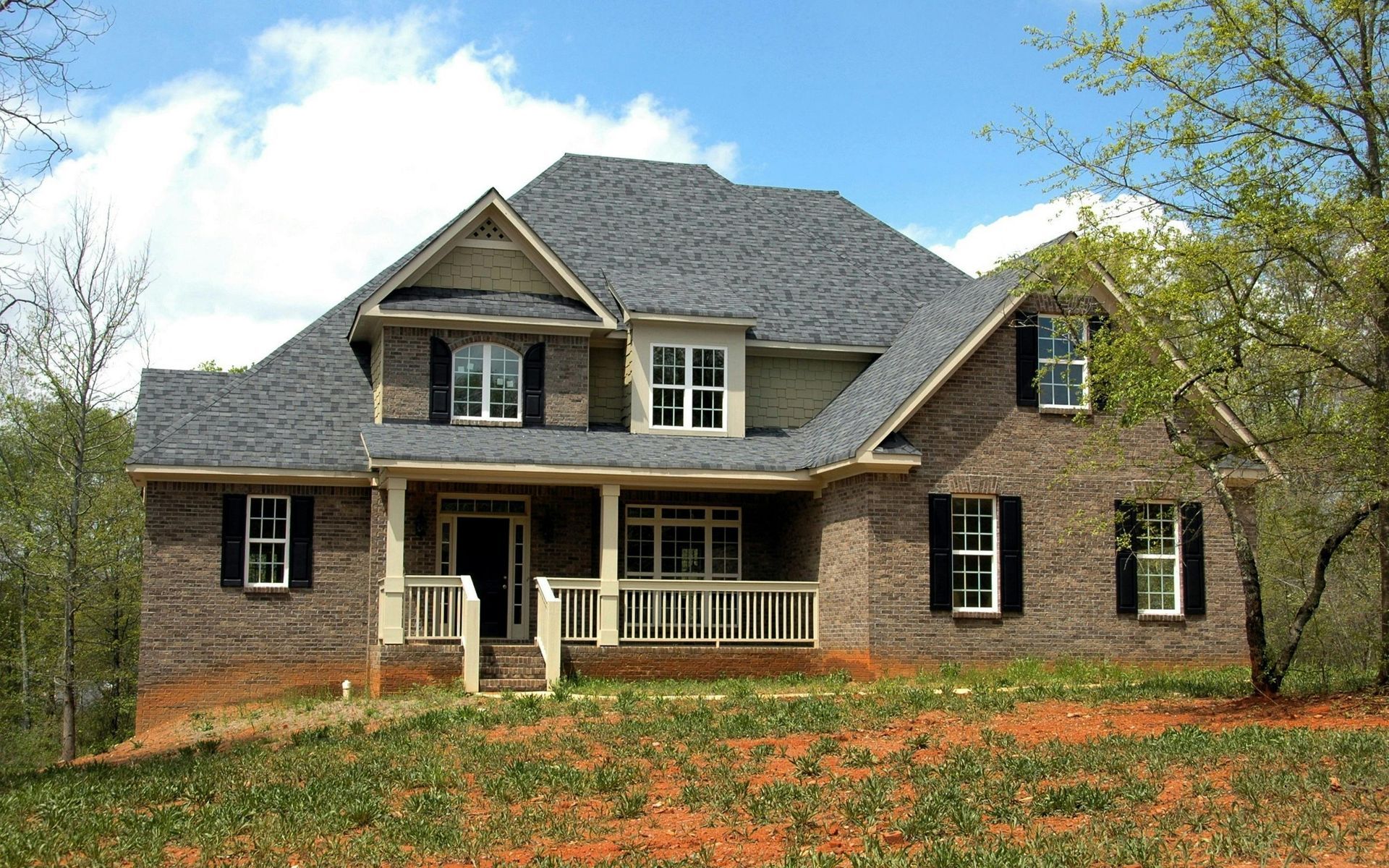

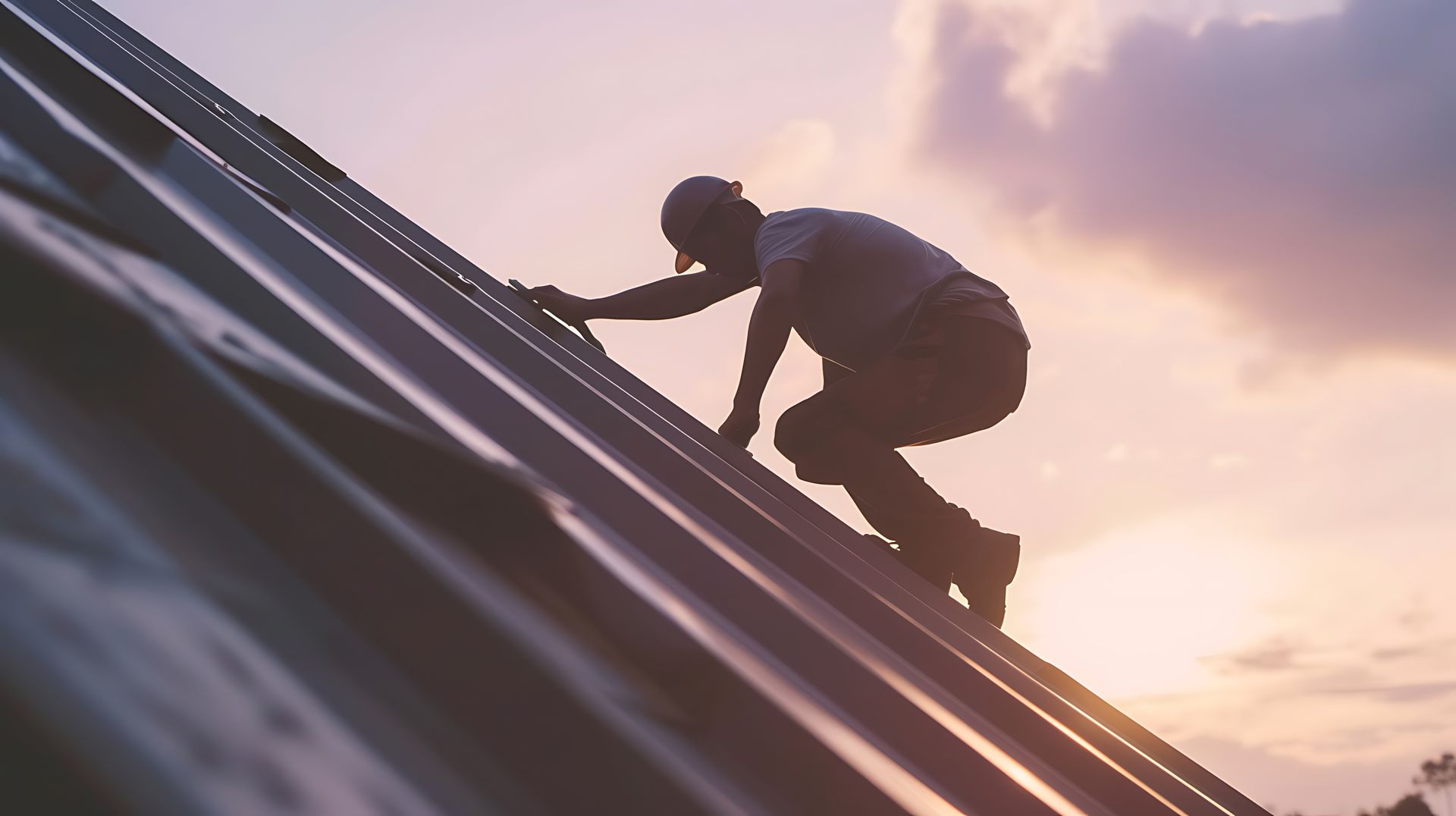




Powered by Shawn